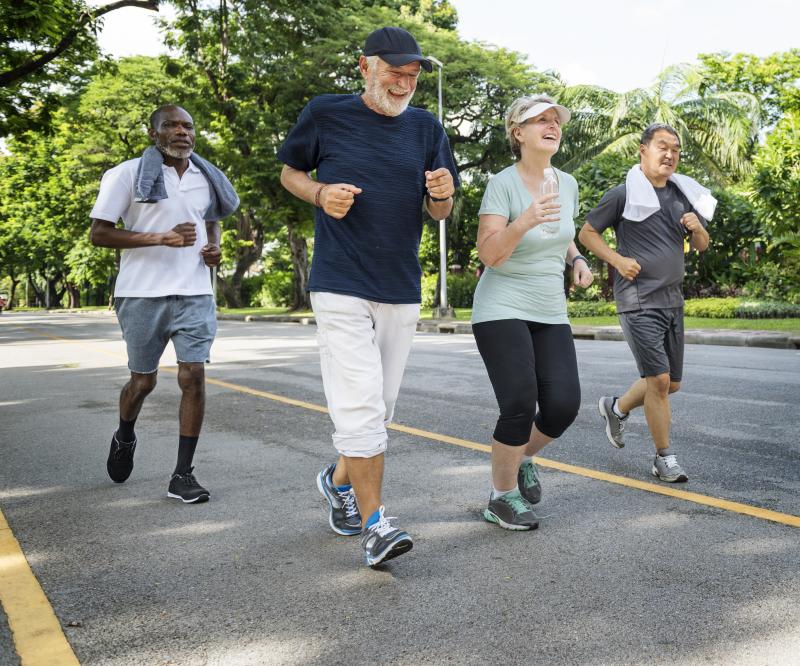
Working out is good for the mind in individuals with epilepsy, with a recent study showing that a combined physical activity training improves attention and verbal fluency.
The study randomly assigned 21 physically inactive patients with epilepsy (mean age, 38.3 years; 50 percent female) to undergo 12 weeks of combined physical training or maintain their usual daily activities. The intervention was a structured, individually supervised exercise programme with two 60‐minute sessions per week. Each session included warmup (5 minutes), aerobic (15–20 minutes at 14–17 on Borg scale), strength (2–3 sets, 10–15 repetitions), and 5-minute active stretch routines.
After the intervention, patients in the exercise group demonstrated better attention, spending shorter time completing the Trail Making Test compared with baseline (difference, −7.9 seconds; p=0.023).
Additionally, there were significant improvements observed in language, with the total number of words on the verbal fluency task increasing by 8.1 (p=0.002), as well as in global cognition function, as indicated by a 1.7-point increase in the Montreal Cognitive Assessment score (p=0.043).
Finally, executive function among patients in the exercise group improved by 22.4 percent (p=0.021). Changes in maximum oxygen consumption were negatively associated with changes in performance on Digit Span Test (p=0.049) and overall memory score (p=0.042).
In contrast, patients in the control group did not show marked improvements in any of the examined outcomes.
In light of the findings, the researchers stressed that physical exercise should be encouraged for patients with epilepsy to reduce the burden on cognitive function associated with this disease.